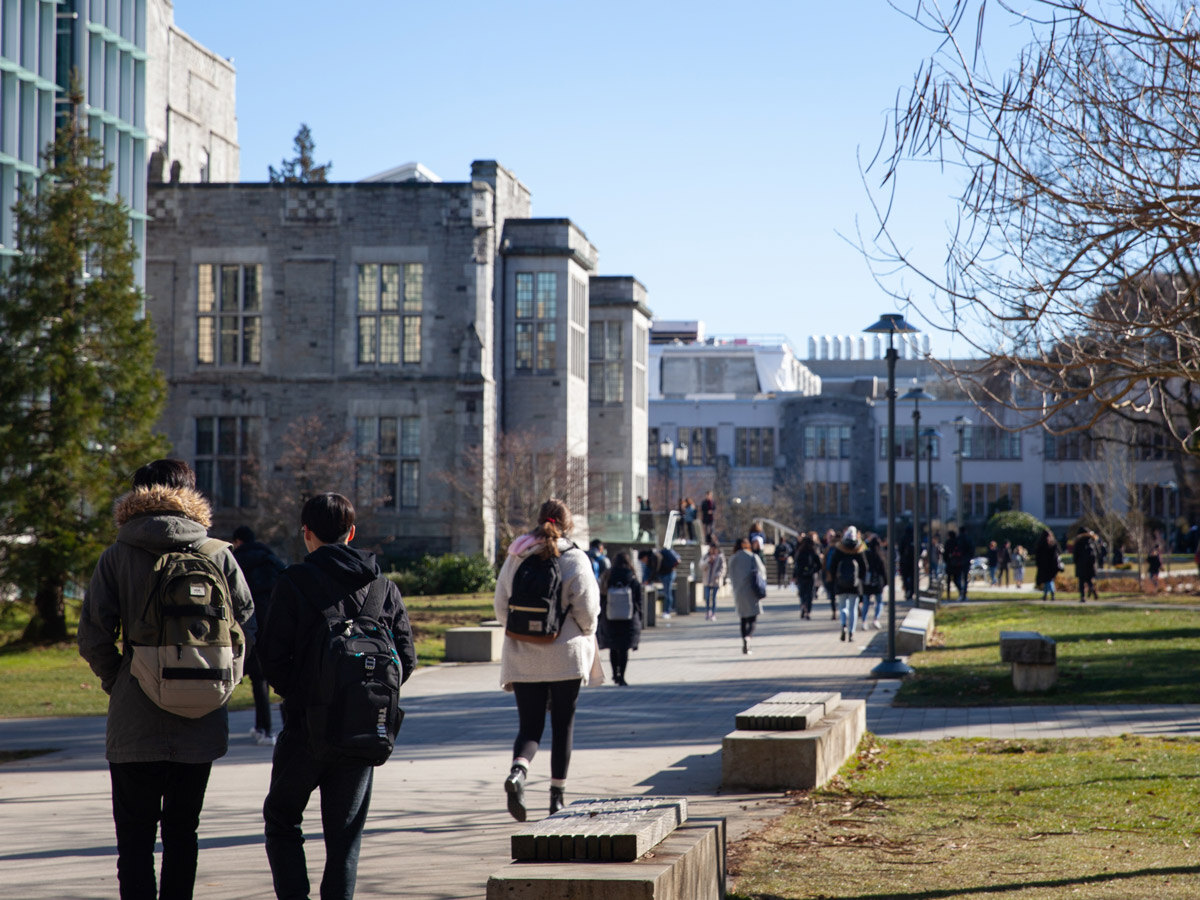For many, university is a crash course in meeting fresh faces, trying new things and learning more about yourself in three short years than you will do in your entire life. During this time, there are a variety of exciting university events to attend – none more highly anticipated than Freshers’, which is considered a rite of passage as young people transition into adulthood.
The combination of these events, high footfall on campus and eager, young students with more disposable income than ever, make on-campus advertising a compelling opportunity for brands to target a high priority audience.
Why advertisers should capitalise on the student audience
As the final set of COVID-19 restrictions are lifted, we expect a pivot back to normality for the 2021/22 academic year. This mass resocialisation will be most prevalent in students and young people who, of course, want to capitalise on the missed moments of the last year and a half.
Looking at our recent research, almost three-quarters of university students expect on-campus life to go ‘back to normal’ this September. This is certainly validated by this year’s record-breaking number of UCAS applications – the admissions administrator received 682,000! As universities get ready to welcome back more students to their courses in September, equally marketers should be prepping their campaign strategy to engage with a surplus market of first-time and returning students.
Firstly, brands need to understand the shifts in social and consumption habits. We found that over a third of students (67%) plan to spend more time with friends and family once COVID restrictions are lifted and that around two-thirds (63%) of students look to socialise more and try new experiences. For brands to stay present in the re-energised social lives of students this autumn and beyond, engaging Digital Out of Home (DOOH) ad campaigns remain an effective way to reach students at university.
It is encouraging to see that student spending power has remained hugely resilient over the course of the pandemic. Last year, UCAS found that in the first week of the Freshers period alone, students spent on average £406, nearly double the £229 spent in a ‘normal’ week during term time. Our own research further demonstrates that students are ready and primed to spend more:
- 25% of students have increased their spending since the start of the pandemic
- 43% of students expect to live life to the fullest as restrictions ease
- Nearly two thirds (63%) of students said that restrictions caused them to value time with friends more
- Over half (54%) said it has made them appreciate the ‘little things’ more
That said, marketers should be sensitive in their approach to on-campus campaigns and activations, keeping in mind the current economic climate. Some students may be more cautious of how they are spending their money and advertisers will need to tailor their messaging to this audience. Marketers would do well in recognising the varying individual responses to COVID and spending by leaning into student discount and promotion ads that satisfies the student appetite for a bargain.
Students’ enthusiasm to be out and about with friends will have a positive impact on Students’ Union footfall as karaoke nights, halls v halls pool tournaments, and impromptu post-lecture drinks become the mainstay of campus life once again. It’s a unique opportunity for advertisers to tap into students’ heightened desire to spend.
Utilising social spheres of influence to add value to on-campus engagement
On campus one way brands can be at the centre of it all is to leverage the ‘social sphere of influence’ concept to add value to their DOOH student campaigns. Social spheres are essential to the spread of messaging and often play an influential role in brand referrals within a community.
With the highest ever number of students starting university this September, marketers can look to leverage on-campus social activities to further amplify campaigns. Students’ Unions are expecting an increase in footfall and are prepared to be fully flexible in implementing COVID compliant adaptions to their spaces. 80% say they will be holding more events than ever this year to keep up with the demand from incoming and returning students. With more feet on the ground, large screen DOOH ad placements, combined with smart and interactive messaging from brands is an effective platform to start new dialogue within a student’s social network or ‘sphere.’
Our research also reveals that universities and Students’ Unions will provide the option of both larger and smaller events to cater to varying attitudes towards the lifting of restrictions. As such, there remains plenty of opportunities for marketers to reach all types of students through the strategic placement of ads within Students’ Union spaces.
Given that attending university is often most students’ first time away from home, with the right campaigns, brands can expect value-added through conversations around their product in students’ new and old networks. Due to their high visibility, striking and shareable nature of DOOH ads, marketers have the potential to tap into growing networks of young consumers.
The last years’ events have encouraged more people than ever to pursue higher education and it is fair to say excitement and anticipation for the start of term is at an all-time high. As students embark on a new journey of self-discovery, friendship and change, brands have a unique opportunity to capture the attention of a typically hard to reach audience through the power of DOOH. Get it right and marketers can effectively tap into students’ positive state of mind to build deeper and more meaningful connections as they look to discover new things.
However, brands that are slow to engage with students at the start of their journey risk losing influence amongst an audience that is increasingly likely to hold onto their brand affinities well past student life.
Stats: Redbus Media/YouthSight Student survey, May 2021. The full research report can be downloaded for free from this URL: https://bit.ly/3xjdH1z
Featured image: Katherine Daly Morris / Shutterstock.com

